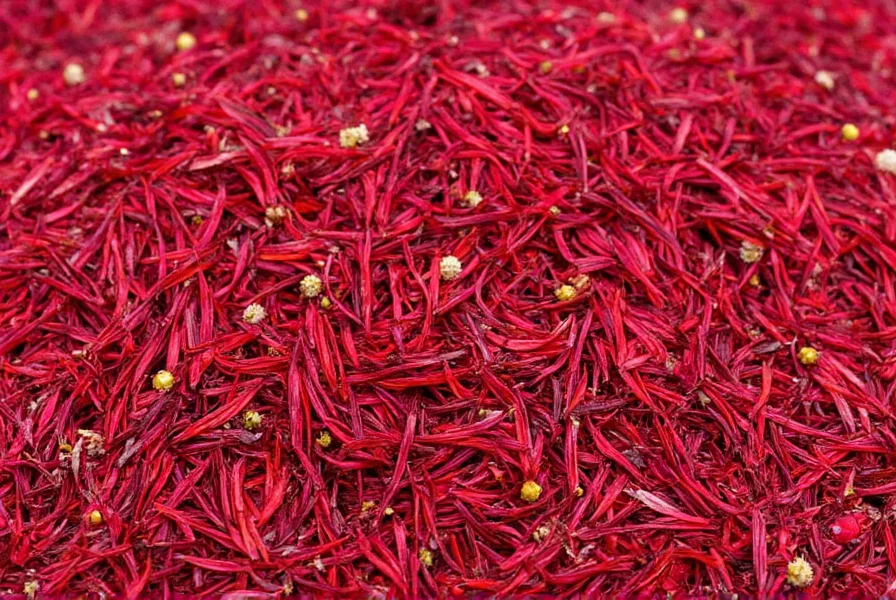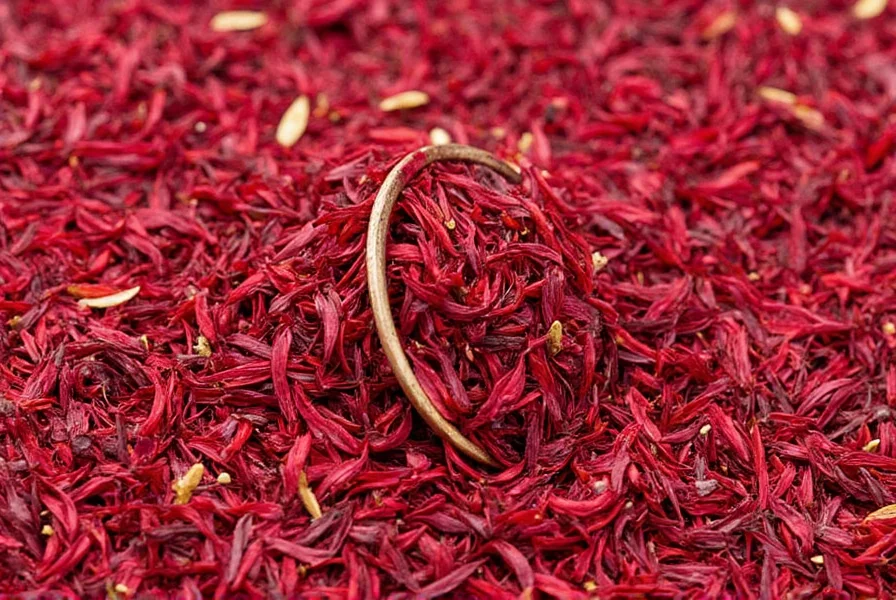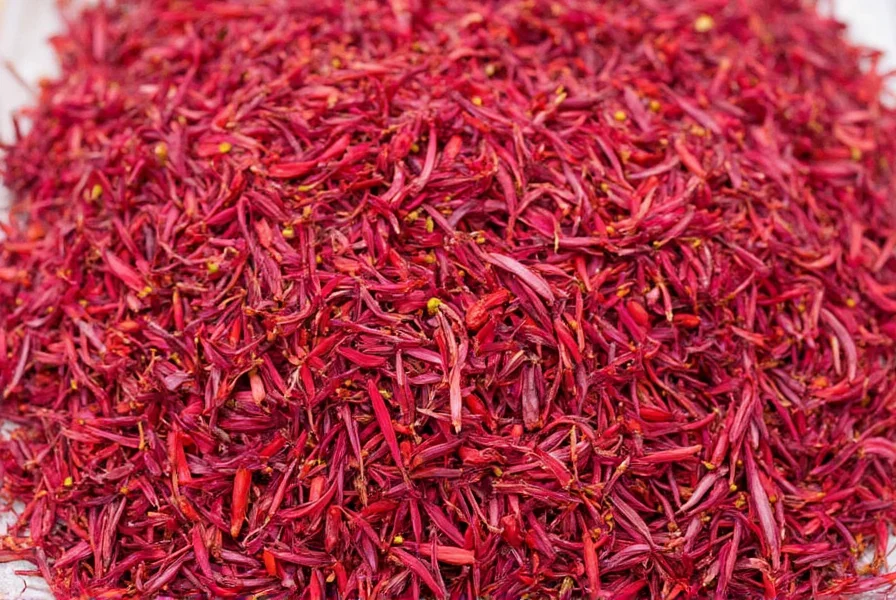For home gardeners and small-scale growers interested in cultivating this prized spice, understanding what to look for when purchasing saffron bulbs is essential. Saffron, derived from the Crocus sativus flower, remains one of the world's most valuable crops by weight, making proper bulb selection critical for successful harvests.
Understanding Saffron Bulbs and Their Value
Despite being commonly called "bulbs," saffron actually grows from corms—solid, swollen stem bases that store nutrients. These corms produce the delicate purple crocus flowers whose stigmas become the saffron threads. Each flower yields just three threads, explaining why quality saffron commands premium prices.
When searching for saffron corms for sale online, recognize that not all offerings provide equal value. The Crocus sativus variety is the only type that produces true saffron, so verify you're purchasing this specific cultivar. Many sellers market inferior or mislabeled crocus varieties that won't yield authentic saffron.
Optimal Timing for Purchasing Saffron Bulbs
The most crucial factor in buying saffron bulbs for home cultivation is timing. These corms enter dormancy during summer and must be planted just before their natural growth cycle resumes in late summer or early fall.
Consider these seasonal guidelines when looking for saffron bulbs for sale:
| Region | Best Purchase Window | Planting Deadline |
|---|---|---|
| Northern Hemisphere | July-September | Early October |
| Southern Hemisphere | January-March | Early April |
| Mediterranean Climate | August-October | Mid-November |
Purchasing too early risks corms drying out in storage, while buying too late misses the critical planting window. Reputable sellers typically list harvest dates to ensure freshness. For best saffron bulb deals for gardeners, watch for end-of-season sales in September when nurseries clear inventory.
Evaluating Quality When Buying Saffron Bulbs
When examining potential saffron corms for sale, focus on these quality indicators:
- Size matters: Opt for corms measuring 2.5-3.5cm in diameter. Larger corms produce more flowers and establish stronger root systems.
- Physical condition: Healthy corms feel firm and heavy for their size, with intact protective tunics (outer layers).
- Moisture assessment: Avoid bulbs showing signs of mold, soft spots, or excessive dryness.
- Varietal authenticity: Confirm you're purchasing Crocus sativus, not ornamental crocus varieties.
Be wary of cheap saffron bulbs for sale that seem too good to be true. Extremely low prices often indicate undersized corms, incorrect varieties, or poor storage conditions that reduce viability. Quality corms require proper curing and storage in cool, dry conditions before sale.
Where to Find Reliable Saffron Bulbs for Sale
Several sources offer saffron corms, each with advantages:
Specialty bulb nurseries typically provide the highest quality corms with proper documentation. These businesses focus exclusively on bulb crops and understand the specific requirements for saffron cultivation. Look for nurseries that specialize in heirloom or unusual bulbs rather than general garden centers.
Online agricultural suppliers serve both commercial growers and home gardeners. When evaluating online saffron bulb retailers, check for detailed product descriptions, harvest dates, and growing zone recommendations. Reputable sellers often provide germination guarantees.
Local growers offer the advantage of regionally adapted corms. Connecting with saffron producers in your area through agricultural extension services can yield valuable insights about which varieties perform best in your specific climate.

Understanding Saffron Bulb Pricing
The price range for saffron bulbs reflects several quality factors:
- Size premium: Larger corms (3cm+) typically cost 30-50% more than smaller ones (2-2.5cm) but yield significantly more flowers.
- Quantity discounts: Most sellers offer reduced per-unit pricing for bulk purchases (100+ corms).
- Origin considerations: Corms from established saffron-growing regions may command higher prices due to proven adaptability.
When comparing saffron bulb prices for home growers, calculate cost per expected yield rather than per bulb. A $1.50 corm that produces 5 flowers delivers better value than a $0.75 corm yielding only 2 flowers. Consider these typical pricing benchmarks:
- Small corms (2-2.5cm): $0.40-$0.80 each
- Medium corms (2.5-3cm): $0.80-$1.50 each
- Large corms (3cm+): $1.50-$2.50 each
Be cautious of sellers offering wholesale saffron bulbs for sale at prices significantly below these ranges, as quality often suffers. Authentic saffron corms require careful cultivation and handling, making extremely low prices suspicious.
Planting and First-Season Expectations
After purchasing quality saffron bulbs, proper planting technique affects your first harvest:
- Plant corms 4-6 inches deep in well-draining soil with full sun exposure
- Space bulbs 4-6 inches apart in rows 12 inches apart
- Water thoroughly after planting, then sparingly until growth appears
During the first growing season, expect limited blooms as the corms establish themselves. Most first-year plants produce 1-3 flowers per corm. The real harvest comes in subsequent years as corms multiply underground. Properly cared for saffron beds can remain productive for 5-7 years before requiring division.

Frequently Asked Questions
How many saffron threads can I expect from one bulb?
A single healthy saffron corm typically produces 1-3 flowers during its first season, with each flower yielding 3 stigmas (threads). Mature corms in established beds may produce 5-10 flowers per season. Remember that it takes approximately 150 flowers to yield just 1 gram of dried saffron.
Can I grow saffron bulbs in containers?
Yes, saffron corms grow well in containers with proper drainage. Use pots at least 8 inches deep filled with sandy potting mix. Container growing allows better control of soil conditions and makes overwintering easier in colder climates. Expect slightly reduced yields compared to in-ground planting but with greater environmental control.
How long do saffron bulbs remain viable if not planted immediately?
Properly stored saffron corms maintain viability for 4-6 weeks after harvest. Store them in a cool (60-65°F), dark place with moderate humidity. Place corms in breathable containers like paper bags with slightly damp peat moss. Check weekly for mold or excessive drying. For long-term saffron bulb storage solutions, refrigeration at 35-40°F extends viability to 8-10 weeks.
What's the difference between saffron bulbs and saffron seeds?
Saffron grows from corms (often mistakenly called bulbs), not seeds. Crocus sativus is sterile and doesn't produce viable seeds. When searching for saffron planting material for sale, you'll only find corms. True saffron cannot be grown from seed—any seller offering "saffron seeds" is either misinformed or selling a different crocus variety that won't produce authentic saffron.
How soon after planting do saffron bulbs bloom?
Saffron corms typically bloom 6-10 weeks after planting. When planted in late summer or early fall, flowers usually appear in October or November, depending on climate. The blooming period lasts 2-3 weeks, with flowers opening in the morning and closing by afternoon. Harvest must occur daily during this brief window for maximum quality.











 浙公网安备
33010002000092号
浙公网安备
33010002000092号 浙B2-20120091-4
浙B2-20120091-4